The Berlin Philharmonic is not just an orchestra; it is a profound celebration of artistic expression, historical significance, and innovative practices that resonate across the globe. With its unique sound characterized by emotional depth and technical precision, the orchestra has etched its mark in the annals of classical music history. Beyond its enchanting performances, the Berlin Philharmonic embodies cultural exchanges and technological advancements—each facet contributing to its dynamic identity.
In this exploration, we delve into the rich legacy of the Berlin Philharmonic, dissect its architectural marvel, the Philharmonie, examine its role as a cultural ambassador, and assess its embrace of technology. Together, these elements weave a narrative that highlights how the Berlin Philharmonic transcends borders, inspires generations, and remains a vital institution in our evolving world.
The Legacy of Excellence
The importance of the Berlin Philharmonic cannot be overstated; its tradition of excellence represents more than mere musical prowess. The orchestra, founded in 1882, is a living testament to the power of dedication, artistry, and a steadfast commitment to high standards. This section delves into the origins, influential conductors, and the ensemble’s distinctive sound that continues to resonate across centuries.
Origins: A Journey Through Time
Tracing back to its inception, the Berlin Philharmonic was born during a period of profound change and innovation in Europe. Musicians united with a collective vision to create an orchestra that would not only perform but also challenge the conventions of classical music.
The founding musicians were determined to forge their path, offering a platform for composers and soloists alike. Throughout history, the orchestra has nurtured and premiered numerous works, serving as a crucible for creativity that has advanced the classical repertoire. Each concert presents an opportunity for the Berlin Philharmonic to push boundaries, ensuring that the art form constantly evolves while honoring its roots.
Influential Conductors: Shaping Musical Vision
A significant element of the orchestra’s legacy derives from its association with illustrious conductors who have molded its identity over decades. Herbert von Karajan, one of the most celebrated figures in orchestral conducting, brought a sense of grandeur to the ensemble during his tenure. His visionary approach elevated the orchestra to new heights, emphasizing precision and emotional intensity within performances.
Following in Karajan’s footsteps, Sir Simon Rattle introduced contemporary works and fostered a renewed engagement with the audience. His artistic direction expanded the orchestra’s repertoire, allowing for fresh interpretations and modern compositions. Each conductor has left an indelible mark, shaping the evolving character of the Berlin Philharmonic as it navigates through time.
Distinctive Sound: A Blend of Precision and Emotion
What distinguishes the Berlin Philharmonic is its unique sound—a captivating blend of technical proficiency and heartfelt expression. This distinction stems from the orchestra’s rigorous training, collaborative spirit, and an unwavering pursuit of excellence. Each musician contributes their individual artistry, weaving together a rich tapestry of tonal colors that breathe life into every performance.
Furthermore, the orchestra emphasizes the emotional narrative behind each composition, inviting audiences on an immersive journey. In many ways, attending a performance becomes akin to experiencing a profound, shared human connection, where the music resonates deeply, transcending linguistic and cultural barriers.
Architectural Marvel: The Philharmonie
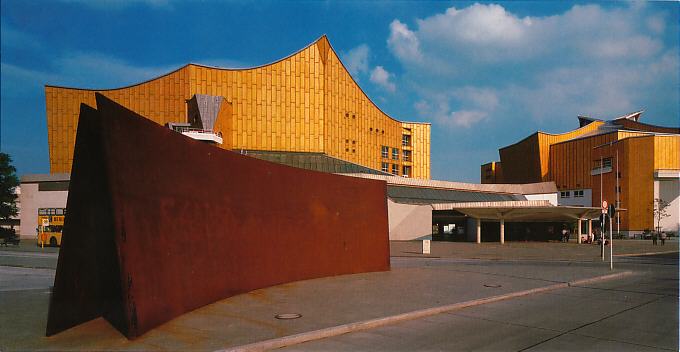
At the heart of the Berlin Philharmonic’s identity lies the Philharmonie—an architectural masterpiece designed by Hans Scharoun. Opened in 1963, this concert hall stands as a symbol of innovation, beauty, and a harmonious marriage of form and function. The building itself enhances the overall experience of music, creating a space that invites both performers and audiences into a realm of artistic immersion.
Innovative Design: A Work of Art

The design of the Philharmonie reflects Scharoun’s vision of a democratic and inclusive performing space. Its unconventional shape, resembling a tent or a soaring structure, embraces both intimacy and grandeur. The arrangement of seating ensures that every audience member feels connected to the performance, regardless of their location in the hall.
Moreover, the unique architecture serves a practical purpose—its shape allows for unparalleled acoustics. The walls and ceiling are crafted to enhance sound quality, creating an enveloping auditory atmosphere that amplifies nuances and subtle dynamics. Attending a concert in the Philharmonie transforms into a sensory experience where music envelops the entire body, igniting emotions and fostering deep connections with the art.
Creating a Sensory Journey
Imagine entering the Philharmonie; the moment you step inside, an air of anticipation fills the space. From the intricate design details to the welcoming ambiance, each element signifies the importance of the concert experience. As the lights dim and the orchestra takes the stage, spectators feel themselves transported to another world—a world where music reigns supreme.
It’s here that the physical environment plays a crucial role in how audiences engage with the performance. The interplay between sight and sound enhances the emotional impact of the music, making each concert an unforgettable voyage. The Philharmonie functions not merely as a venue but as an integral part of the artistic expression embodied by the Berlin Philharmonic.
A Testament to Artistic Expression
The Philharmonie stands apart from traditional concert halls, embodying a philosophy that celebrates creativity and cultural engagement. It serves as an important reminder that architecture can transcend functionality—it can inspire, evoke emotions, and cultivate a deep appreciation for the arts.
As visitors explore the venue, they encounter galleries featuring visual art, educational programs, and community events—all contributing to a holistic experience that goes beyond music. The Philharmonie showcases the understanding that art exists in various forms, and it invites diverse communities to partake in the richness of culture.
A Hub of Cultural Exchange
Beyond its musical achievements, the Berlin Philharmonic serves as a cultural ambassador, promoting intercultural dialogue and collaboration. Through outreach programs and initiatives, the orchestra seeks to create meaningful connections with individuals from diverse backgrounds. This section explores how the orchestra fosters a sense of global community, uniting people through shared experiences and emotions.
Intercultural Dialogue: Bridging Divides

Music possesses the remarkable ability to transcend borders and bridge divides. The Berlin Philharmonic exemplifies this idea by engaging in projects that involve artists from various cultures. Collaborations with musicians from different countries encourage intercultural dialogue, enriching the fabric of the organization’s artistic endeavors.
For instance, initiatives involving young musicians create opportunities for cultural exchange that promote understanding and empathy. These projects suggest that collaboration can lead to a deeper appreciation for diversity and the universality of human experiences. Participants come together to share stories and traditions, highlighting the common threads that bind us all—an inspiring testament to music’s power as a unifying force.
Community Engagement: Music for All
The Berlin Philharmonic recognizes the importance of extending its reach beyond the concert hall. Through educational programs and outreach initiatives, the orchestra actively engages with local communities and fosters a love for music among diverse audiences. Workshops, masterclasses, and concerts provide access to high-quality music education, ensuring that everyone can experience the transformative power of art.
These engagements empower individuals to find their voices, enabling them to express their thoughts and feelings through music. By nurturing talent in underrepresented communities, the orchestra cultivates a new generation of musicians who may one day contribute to the artistic landscape.
Fostering Global Connections
The role of the Berlin Philharmonic as a cultural hub extends beyond its immediate community. Its collaborations often involve international partnerships that highlight the orchestra’s global influence. Projects that bring together musicians from distinct cultural backgrounds serve not only to showcase a rich blend of sounds but also to demonstrate how music can catalyze connections that span continents.
Through these initiatives, the Berlin Philharmonic reinforces the idea that art is a universal language capable of expressing the most profound aspects of the human condition. By fostering relationships with artists worldwide, the orchestra embodies a spirit of inclusiveness that enriches the cultural landscape, encouraging mutual understanding and respect among diverse populations.
Embracing Technology
In an ever-evolving digital age, the Berlin Philharmonic has embraced technology to enhance accessibility and broaden its reach. The orchestra’s pioneering digital initiatives reflect a commitment to adapting to modern demands while staying true to its core values. This section explores how the orchestra integrates technology into its practices, democratizing access to music and inspiring future generations.
Digital Initiatives: Expanding Horizons
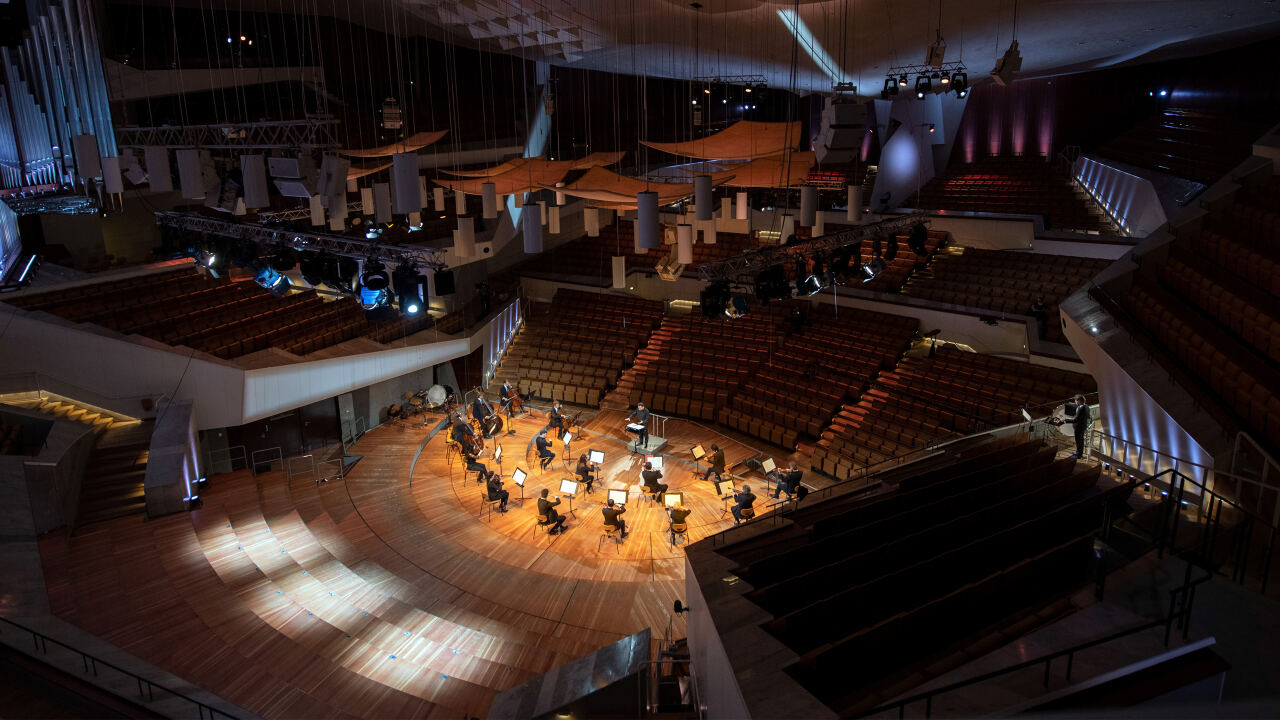
The Berlin Philharmonic has been at the forefront of integrating technology into its operations, recognizing its potential to connect with audiences far beyond the concert hall. Live-streamed concerts offer a window into the orchestra’s performances, allowing individuals around the globe to witness the magic of music in real-time.
This digital evolution enables the orchestra to break down geographical barriers, democratizing access to high-quality performances. Imagine a student in a remote village with limited access to cultural events; through live streaming, they can experience the brilliance of the Berlin Philharmonic, becoming inspired by the world of classical music.
Educational Content: Nurturing Future Minds
In addition to live performances, the Berlin Philharmonic has developed a wealth of educational content aimed at nurturing the next generation of musicians and music lovers. Online resources, tutorials, and recorded lectures serve as invaluable tools for students and enthusiasts alike, providing insights into the intricacies of orchestral music.
By embracing technology, the Berlin Philharmonic positions itself as an accessible resource for aspiring musicians, fostering a sense of curiosity and passion for the arts. This initiative reflects an understanding that education should not be confined to traditional settings but rather should extend into digital spaces where learners can thrive.
Inspiring Generations: The Power of Accessibility
The orchestra’s commitment to technology underscores a broader shift in the arts towards inclusivity and accessibility. By leveraging digital platforms, the Berlin Philharmonic demonstrates a belief that music should be available to all, irrespective of background or location. Access to high-quality music education and performances has the potential to ignite a passion for the arts among young individuals, inspiring them to pursue their dreams.
Consider the impact of virtual workshops led by seasoned musicians—these experiences offer aspiring artists a glimpse into the world of professional music-making, illuminating pathways that may have once seemed unattainable. The Berlin Philharmonic’s embrace of technology ensures that the transformational power of music remains alive and vibrant for future generations.
Conclusion
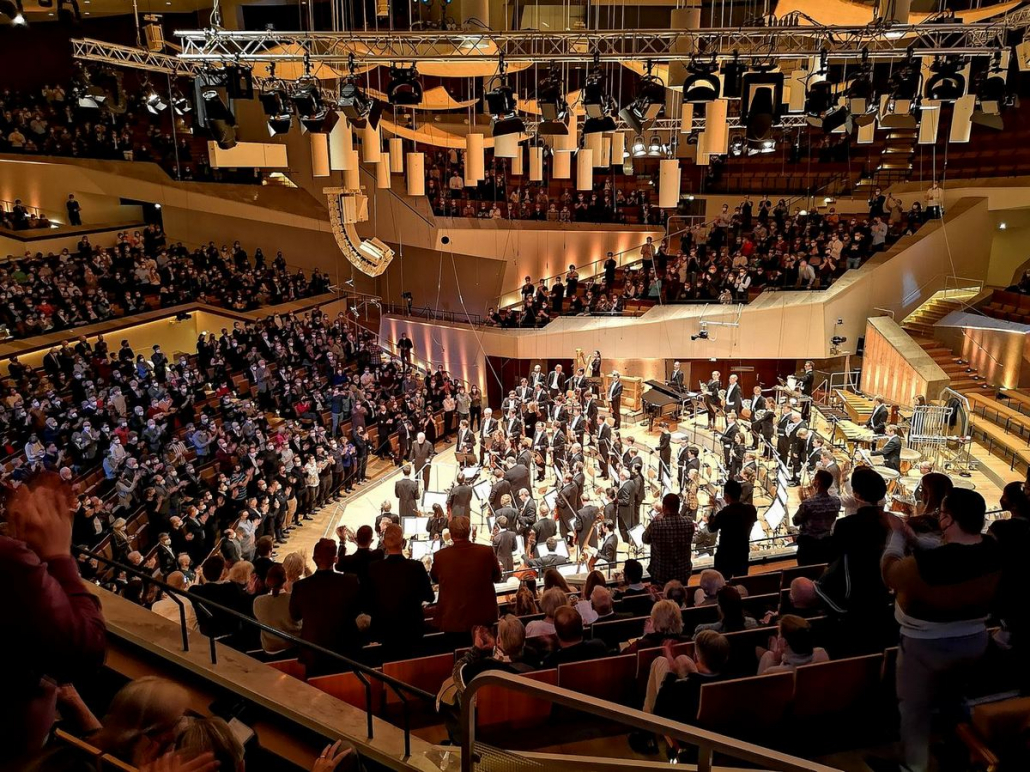
The Berlin Philharmonic transcends the traditional definition of an orchestra, embodying a multifaceted institution that champions artistic excellence, cultural exchange, and forward-thinking practices. From its rich legacy and renowned conductors to the architectural splendor of the Philharmonie and its embrace of technology, the orchestra continues to redefine what it means to engage with music in the modern era.
The orchestra’s continued relevance in the ever-evolving landscape of music ensures that it will remain a beacon of inspiration for generations to come—a vibrant testament to the enduring power of art in our lives.
✉️ Stay Connected — Subscribe for Weekly Updates
Discover timeless stories, practical wisdom, and beautiful culture — delivered straight to your inbox.
*We only share valuable insights — no spam, ever.




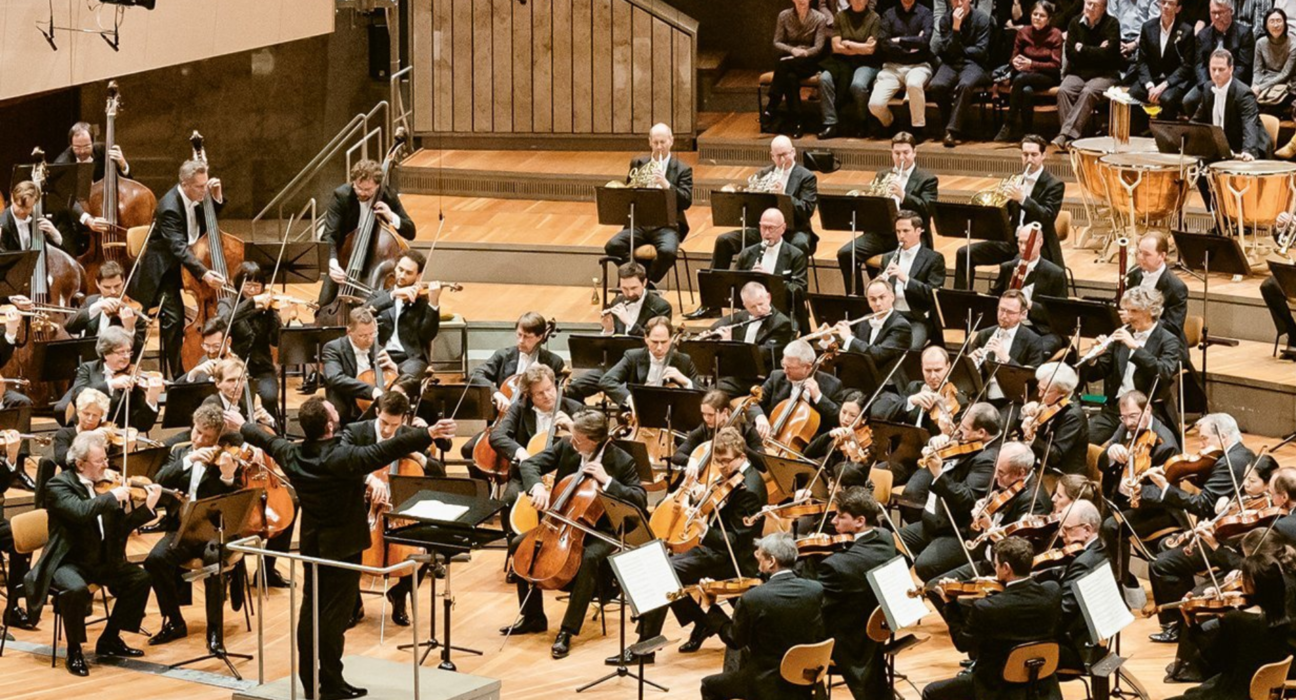
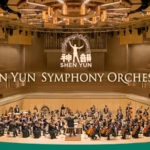
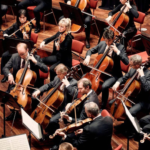
Yoko Wokwicz
Tháng 9 19, 2024You made some decent points there. I looked on the internet for the subject and found most guys will approve with your site.